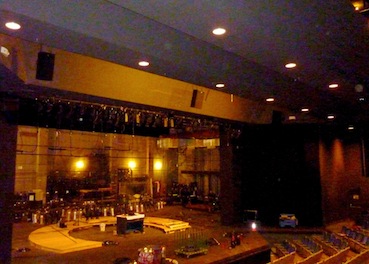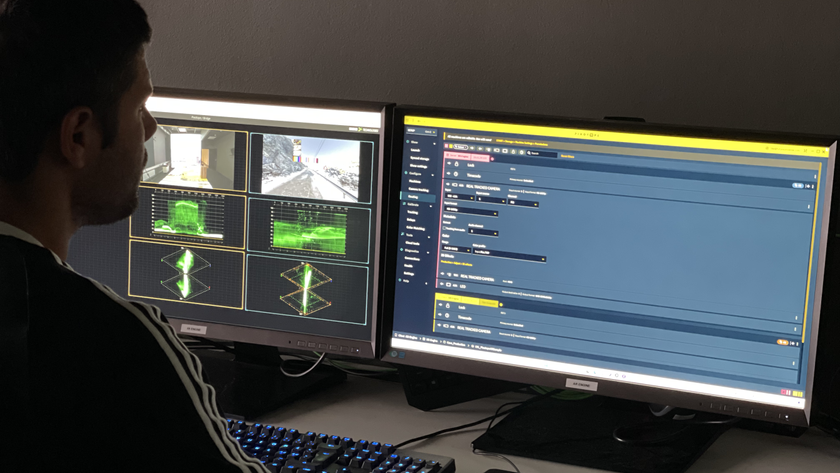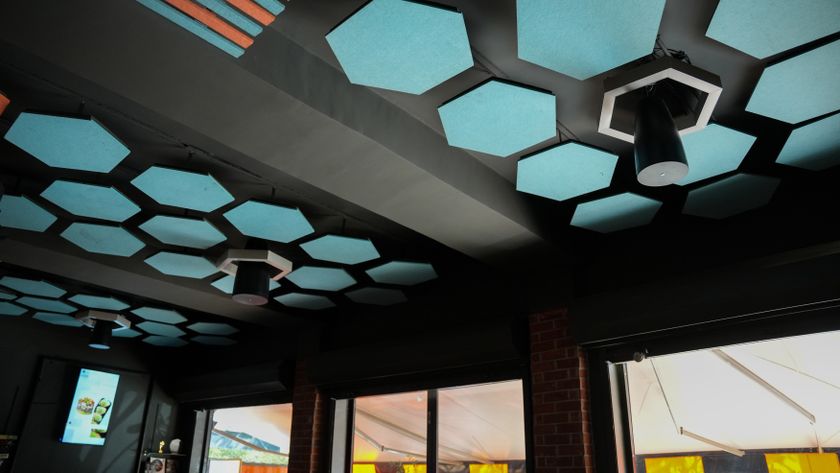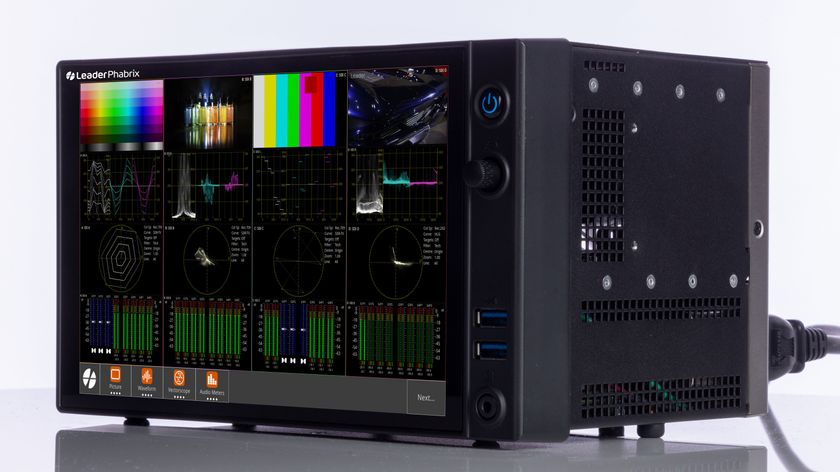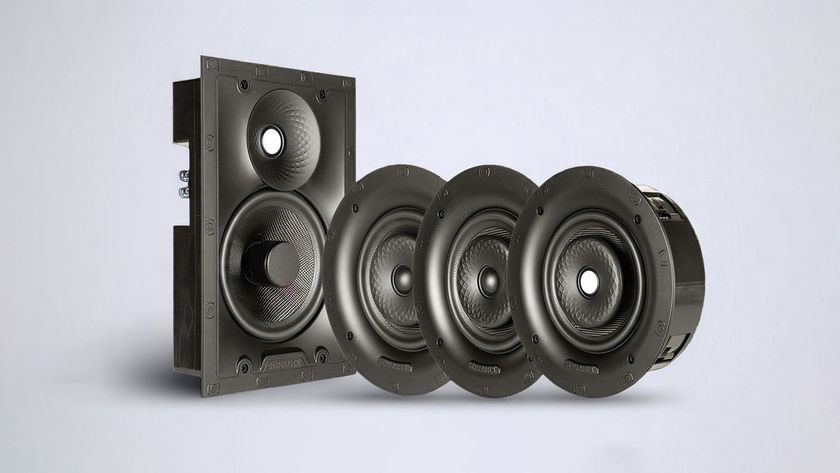- Home to many of the University of Nevada Las Vegas performing arts groups, the 550-seat Judy Bayley Theater opened in 1972 and features a raked auditorium, a fully-rigged, proscenium stage, and a thrust-apron that can be used as an orchestra pit.
A new audio system was recently recommended by audio expert Mary McFadden, designed and installed by PRG, and includes a Yamaha M7CL-48ES digital audio console, IS series speakers, DME24 (Digital Mixing Engine), and XP amplifiers. McFadden is quite familiar with the venue and has taught in the theater as faculty adjunct for sound design. Last year, she had students put a delay line in the theater, a very successful project.
“Brackley Frayer, the department chairman, called me in January to ask me to consult on a new system, as funding had been obtained to update both the sound and lighting system,” McFadden said.
“There is no sound design degree at the school, but there is a concentration in sound design available within the general theater BA,” said McFadden. “Since there is no full-time faculty that teaches sound, my feeling was, the new system needed to be easy to operate and have a digital signal path to familiarize students with digital audio networking and concepts. The Yamaha M7CL-48ES package fit these requirements.”
“PRG worked as a subcontractor to American Southwest Electric to bid on the project, and we won the bid with ASE,” said PRG audio designer, Eric Hebard. The bid’s Scope of Work included more than pro audio and lighting; ASE handled the general and electrical construction portions, and PRG handled all the audio system engineering and installation. “The design included the rigging of the speakers based on locations that Mary had specified: the small shrouds for the portable Yamaha SB168’s stage boxes, the rack with power and thermal dissipation to properly house the equipment, how to reasonably network the SB168’s, power and network locations to stay within budgets, and in keeping with modular capabilities.”
“The Yamaha DME is a key part of the system," McFadden said. "It is very cost effective, and has all the DSP required for the system—EQ, crossovers, delays, etc. It also has a delay matrix component, and surround sound capability. I used the delay matrix to teach and design with last year, and this year I am using it for ‘God Lives in Glass’, a benefit for both Family Promise and the Nevada Conservatory Theatre, the professional Equity arm of the theater school. The DME is a great teaching tool, and gets students to think about signal processing and design in the digital realm.”
The school plans to buy an ES card for the DME to make the DME part of the ES network—right now it’s analog in and out. By using the GUI for the DME, students can become familiar with system design concepts.”
